Saqqara: a treasure trove of Egyptian artefacts
Saqqara: a treasure trove of Egyptian artefacts
Saqqara: a treasure trove of Egyptian artefacts
-
Hannah
-
Hannah
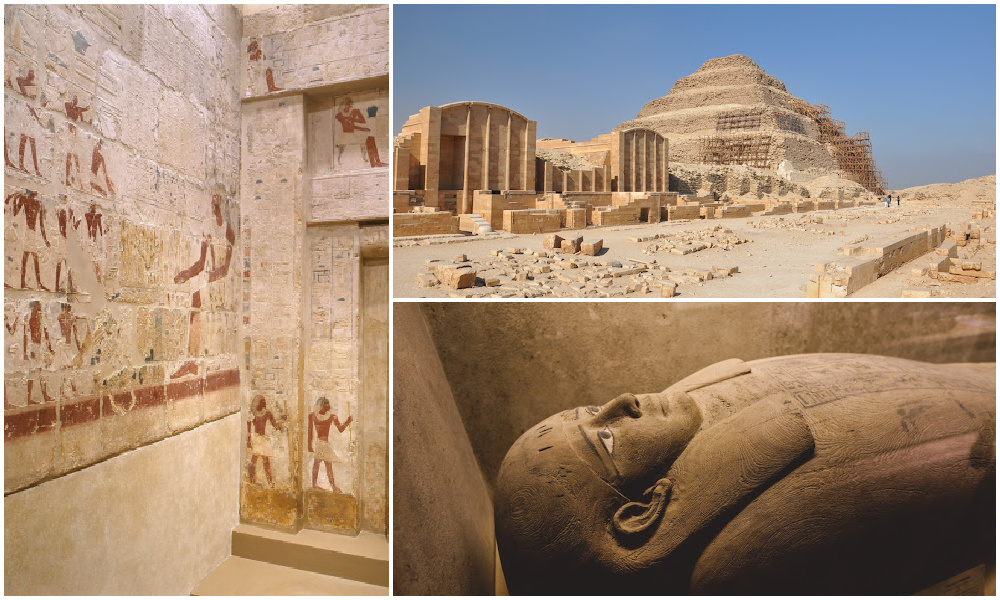
Saqqara is quite simply an archaeologist’s heaven. Here, around 20 miles south of Cairo, is the necropolis for Memphis, the capital of Egypt in ancient times.
During several dynasties Saqqara was the resting place for royalty. The most famous monument on the site is the 4,700-year-old Pyramid of Djoser, also known as the Step Pyramid, which was built for the Third Dynasty pharaoh Djoser and is the oldest stone structure of its size in the world.
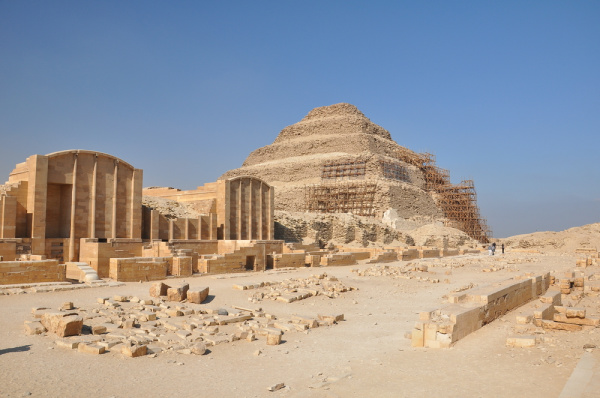
Step Pyramid and funerary complex of Djoser
Other early dynastic monuments at Saqqara include the tombs of the pharaohs Hotepsekhemwy and Nynetjer of the Second Dynasty; the so-called Buried Pyramid, an unfinished step pyramid made for the pharaoh Sekhemkhet Djoserty of the Third Dynasty; and Gisr el-Mudir, the funerary complex of Khasekhemwy (Second Dynasty).
During the Fourth Dynasty pharaohs were entombed elsewhere, but in the Fifth and Sixth Dynasties Saqqara was once again the chosen resting place. Monuments on the site included pyramids and mastabas (a type of tomb with a flat roof and sloping sides made from mud bricks). The mastabas were for Akhethetep, Khnumhotep and Niankhkhnum, Ti, Kagemni, Mereruka and Ptahhotep, and the pyramids were for Djedkare Isesi, Menkauhor, Merenre, Pepi I, Teti, Unas and Userkaf. Also at Saqqara is the pyramid complex of Pepi II Neferkare, the last king of the Sixth Dynasty.
Others, too, were buried at the Saqqara necropolis, those with wealth, influence or title. The tomb of Pernab is a well-preserved example, a mastaba built during the Fifth Dynasty for Pernab, who is thought to have been a court official. (In the twentieth century this tomb was dismantled, piece by piece, and transported to the United States, where it has since been on display at the Metropolitan Museum of Art.)
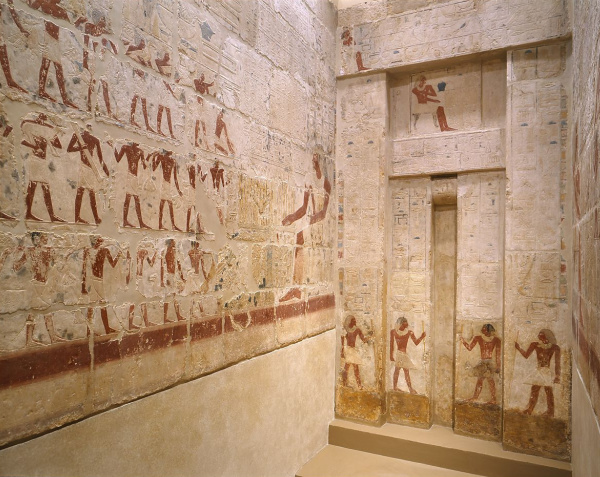
Reliefs in the chapel of the tomb of Pernab, displayed at the Met
At the start of the Middle Kingdom, Thebes became the capital of Egypt and home to the pharaoh’s court, and Saqqara fell out of favour for important burials. Come the New Kingdom, Memphis had gained importance as a centre for the military and administrators, and more and more nobles and officials were buried at the necropolis, notable among them Thutmose, the sculptor who crafted the beautiful Nefertiti Bust, and Maia, who was the boy king Tutankhamun’s wet nurse.
By the New Kingdom, Saqqara was not only a burial site for nobles but was also a place where pilgrims would come to worship. At the Serapeum, sacred bulls, ‘Apis’, were mummified and entombed to honour the god Ptah; they were placed in grand sarcophagi.
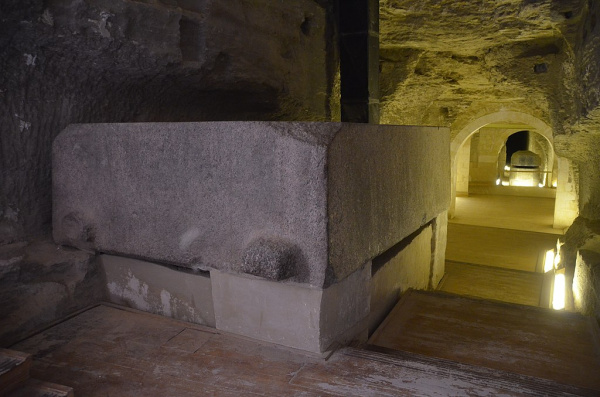
An Apis sarcophagus in the Serapeum
Bulls weren’t the only animals at the necropolis; the mummies of other sacred animals were interred here too: ibises, baboons, lions, cobras, crocodiles, falcons, cats and dogs. In 2011 archaeologists discovered nearly eight million mummified animals near a temple for Anubis!
Recently, archaeologists have made many important finds at Saqqara, from statues to funeral masks, painted coffins to papyrus texts – and, of course, mummies. In the past couple of years especially the necropolis has featured often in the news thanks to excavations in the area. Just last week, Egypt’s ministry of tourism and antiquities announced the discovery of hundreds of colourfully painted wooden coffins and bronze statues of the gods Anubis, Amun, Min, Osiris, Isis, Nefertum, Bastet and Hathor, dating to around 500 BC.
There’s no doubt about it: for those of us who are fascinated by Ancient Egypt and thrilled by archaeological discoveries, Saqqara is the place to watch. And visit, of course, if you are ever able to. The new Imhotep* Museum at the entrance to the Saqqara necropolis showcases some of the most amazing finds, and you can walk around the site to see the monuments and tombs. Wear sensible shoes, though, because Saqqara spans a vast area!
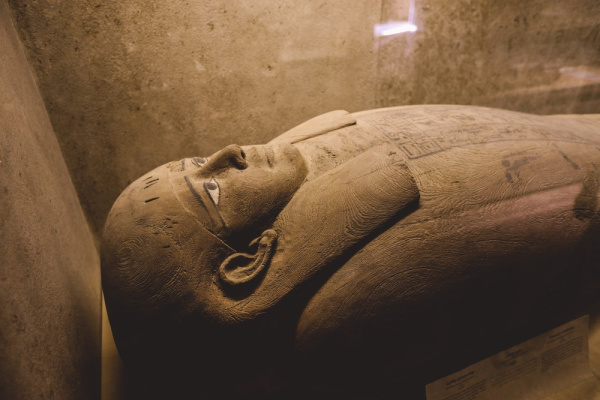
Painted wooden coffin at the Imhotep Museum
* Imhotep, if you’re wondering, was the architect of the Step Pyramid.
Photo credits: 1) naipung/Shutterstock; 2) Metropolitan Museum of Art; 3) Carole Raddato/Wikipedia; 4) Dave Primov/Shutterstock.